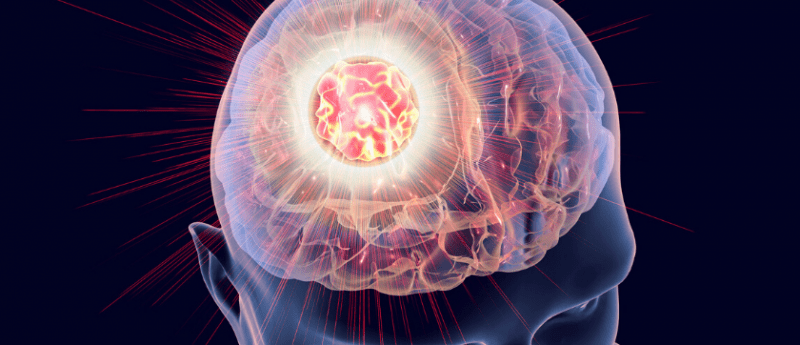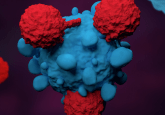3D-printed brains could aid physicians’ understanding of glioblastoma

Recently published in Science Advances, researchers from Northeastern University (MA, USA) have 3D-printed human brains using biomaterial-based models, which could be used to improve physicians’ understanding of glioblastoma growth. In addition, the novel models could also accelerate the discovery of potential therapies for brain cancer.
The team placed glioblastoma stem cells into the center of a 3D-printed model of a brain. They used this model to evaluate the effectiveness of temozolomide, a chemotherapy drug.
“This is a very difficult brain tumor to treat and it’s also difficult to do research on the brain tumor, because you cannot really see what’s happening,” explained Guohao Dai (Northeastern University).
“We can observe how the brain tumor cells aggressively invade, just like what we see in patients,” Dai added. “They invade everywhere.”
“We treated the tumor with the same kind of drug you give to a patient when they undergo chemotherapy,” Dai added. “We monitored this chemotherapy over 2 months. And what we found was the chemotherapy was not able to kill the tumor.”
“You have a tremendous amount of time and cost associated with animal research. With our 3D glioblastoma model and imaging platform, you can see how the cells respond to radiation or chemotherapy very quickly,” Dai concluded.
To discover the results of their work and find out the potential clinical applications for glioblastoma, read the full story on 3DMedNet now.
Sources: Ozturk MS, Lee VK, Zou H, Friedel RH, Intes X, Dai G. High-resolution tomographic analysis of in vitro 3D glioblastoma tumor model under long-term drug treatment. Science Advances. 6(10), eaay7513 (2020); https://news.northeastern.edu/2020/04/01/a-3d-printed-brain-could-make-it-easier-to-find-cancer-treatments/
You may also be interested in:





